Have you ever locked eyes with your horse and wondered what’s really going on behind those deep, soulful glances? Horses often speak to us in whispers—through their bodies, their breath, and their tiniest movements. But can you truly tell when your horse is filled with joy, or worse, quietly suffering? For devoted horse lovers, knowing the difference isn’t just important—it’s absolutely essential. Get ready to discover the subtle (and sometimes shocking) clues that reveal your horse’s real emotions. Your four-legged friend might just be trying to tell you more than you think!
Relaxed Ears Signal Contentment
When a horse is happy, their ears become one of the clearest windows into their soul. You’ll often notice their ears softly pointing forward or gently swiveling from side to side, following sounds with a calm curiosity. Unlike the stiff or pinned-back ears of a stressed horse, a content horse’s ears move like gentle radar dishes, picking up the world with ease. They don’t look tense, and they aren’t locked in one direction. If your horse’s ears seem playful and relaxed, it’s a beautiful sign that all is well in their world. Imagine your own relaxed shoulders after a long day—that’s the vibe you want from your horse’s ears.
Bright Eyes and a Soft Gaze
A happy horse’s eyes are truly a joy to behold. Their eyes look bright, clear, and have a soft, relaxed expression. There’s no pinching or wrinkling at the corners, and the eyelids are neither droopy nor wide with alarm. When a horse is content, you’ll see a gentle confidence and a sparkle in their gaze. Think about the difference between someone smiling with their eyes versus someone who looks worried or fearful. If your horse meets your glance with warmth and ease, you’re seeing happiness in its purest form.
A Calm, Swinging Tail
A horse’s tail is like an emotional flag. When your horse is happy, their tail hangs loosely and may softly swish from side to side in a calm, rhythmic way. There’s no frantic whipping or tension—just a gentle movement that shows comfort and relaxation. It’s similar to how a cat purrs or a dog wags its tail when content. If your horse’s tail is swinging with ease, that’s a reassuring sign they’re feeling good.
Soft, Blowing Nostrils

Watch your horse’s nostrils when they’re relaxed and happy. You’ll notice their nostrils are soft, open, and sometimes even gently blowing out a quiet sigh. This is a stark contrast to the flared, tight nostrils of a horse who’s nervous or on edge. Happy horses often let out contented breaths, almost as if they’re exhaling their worries. It’s a sound that can melt your heart and reassure you that your horse is truly at peace.
Relaxed Body Posture
A happy horse stands with a relaxed, loose posture. Their muscles aren’t tight or braced, and their legs are often slightly bent, with weight shifted comfortably. In some cases, a horse might even rest one hind leg, which signals they feel safe enough to let their guard down. Picture how you stand when you feel safe at home—there’s a softness to your body, and your movements are unhurried. That’s exactly what you should see in a contented horse.
Grazing and Chewing Contentedly
One of the purest joys for any horse is grazing. When your horse is happy and at ease, they’ll lower their head to graze, chew slowly, and occasionally lift their head just to look around before returning to their meal. They might even make gentle, rhythmic chewing movements, even without food, called “chewing the air.” This behavior shows they feel secure in their environment. Think of it as their way of sighing with satisfaction after a good meal.
Mutual Grooming With Herd Mates
Horses are social animals, and when they’re happy, you’ll often see them grooming each other. They gently nibble or scratch one another’s withers, necks, and backs—a behavior called allogrooming. This isn’t just about cleanliness; it’s a sign of friendship and trust. If your horse seeks out these moments with their herd or even nudges you for a scratch, it’s a heartwarming signal that they feel connected and content.
Healthy Appetite and Drinking Habits
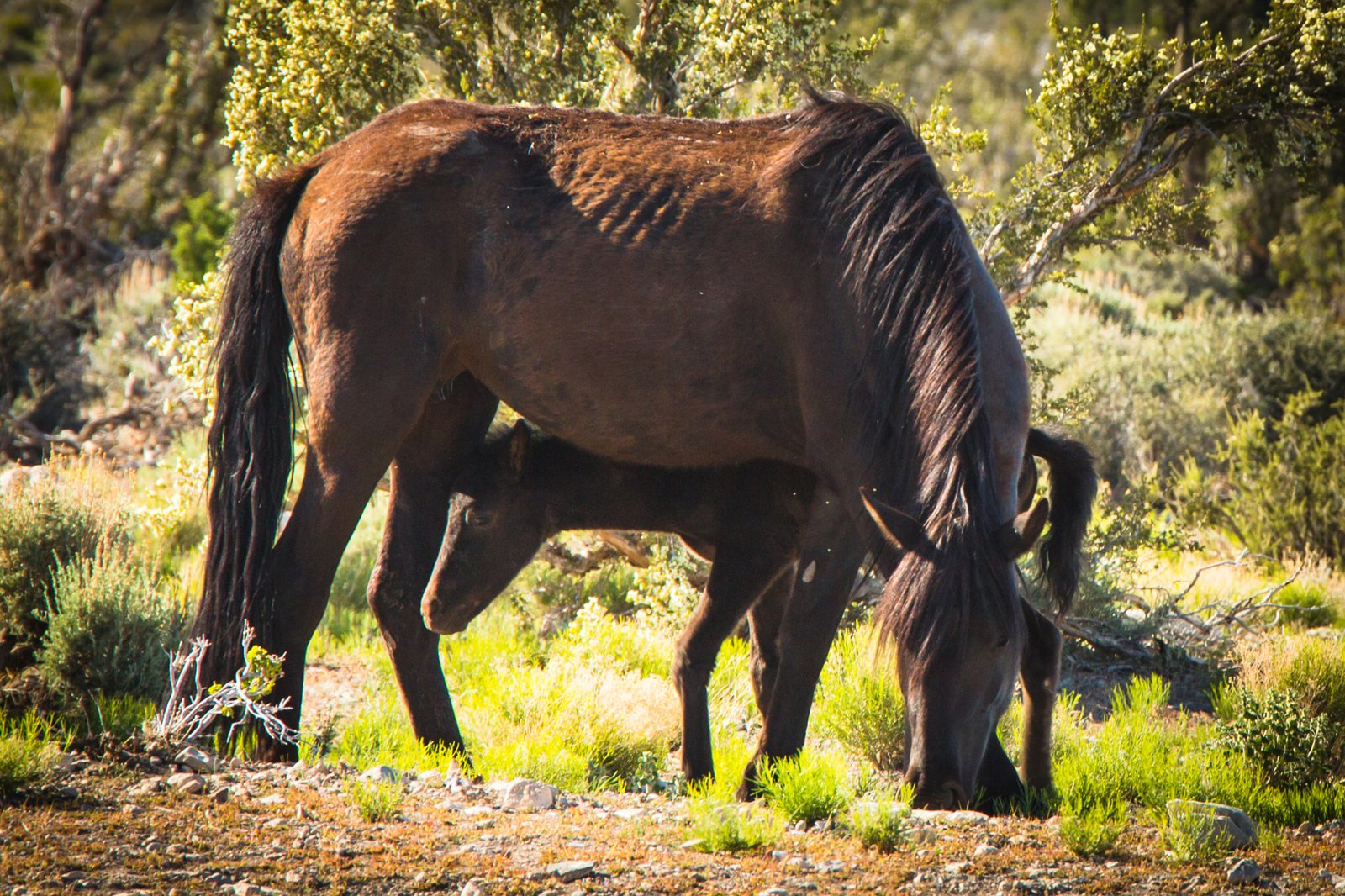
A happy horse eats and drinks with enthusiasm but without desperation. Their appetite is steady, and they approach their food with interest. If your horse gets excited for their favorite treats or munches hay with gusto, it’s a sign of both physical health and emotional well-being. Happy horses don’t rush their meals or act frantic—they simply enjoy the act of eating and drinking, much like we savor our favorite foods when we’re at ease.
Playful Behavior
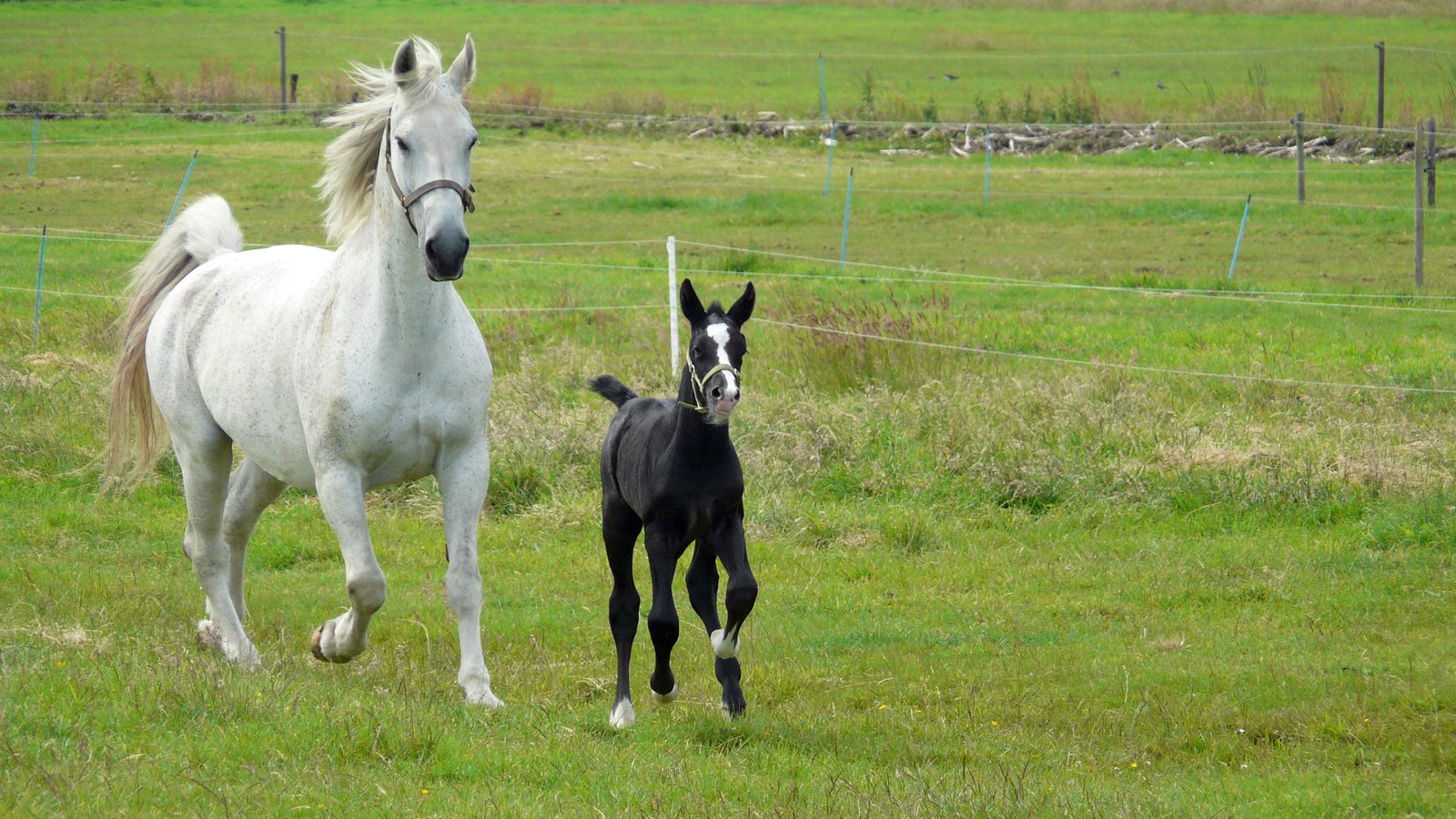
Play is a universal sign of happiness, and horses are no exception. A content horse may frolic, buck, or run with their herd for the sheer joy of movement. You might see them toss their head, rear up playfully, or even nuzzle and interact with objects in their environment. This spirited behavior means they feel safe and relaxed enough to let loose. If your horse seems to have a spring in their step, it’s a sure sign happiness is present.
Willingness to Engage With Humans

One of the most rewarding signs of a happy horse is their eagerness to interact with you. They approach calmly, accept touch, and even initiate contact by nuzzling or following you around. Their body language is open and trusting. When a horse chooses to be near you without fear or hesitation, it’s a powerful sign of their emotional comfort and happiness in your presence.
Pinned Ears Indicate Stress

When a horse feels stressed or threatened, their ears will pin sharply back against their head. It’s a clear warning sign, like a red flag waving in the wind. Unlike the gentle swiveling of a happy horse’s ears, pinned ears are tense and unmoving—often accompanied by other stressed behaviors. If you see this, your horse is telling you loud and clear that something is wrong, and it’s time to pay close attention.
Wide, Alert Eyes With Wrinkles
Stressed horses often show wide, glaring eyes with visible white around the edges—sometimes called “whale eye.” There may be wrinkles above the eye, and the overall expression is one of fear or anxiety. It’s the same look you might see in someone startled or scared. If your horse’s eyes suddenly look large and tense, don’t ignore it; they’re likely feeling distressed.
Tense, Clamped Tail
A stressed horse’s tail tells a much different story than a happy one. Instead of loose and swinging, it’s tight, clamped down, or even swishing sharply and rapidly. This stiff posture signals discomfort, irritation, or fear. Imagine clenching your fist when you’re nervous—that’s what your horse’s tail is doing when it’s stressed.
Flared or Pinched Nostrils
Pay attention to your horse’s nostrils—when they’re stressed, nostrils become flared, pinched, or tense. Breathing may be quick or shallow, and sometimes you’ll even hear snorting. This is a natural response to anxiety or fear, similar to how we might take rapid breaths when upset. If you notice these changes, your horse is likely feeling anything but at ease.
Stiff, Rigid Body Language

A stressed horse holds their body in a stiff, rigid stance. Their muscles are tight, and movements become jerky or hesitant. Sometimes, they’ll stand with their legs braced or frozen in place, ready to bolt. Imagine standing on edge, ready to jump at the slightest sound—that’s the tension you’ll see in a stressed horse.
Pacing or Repetitive Movements (Stereotypies)
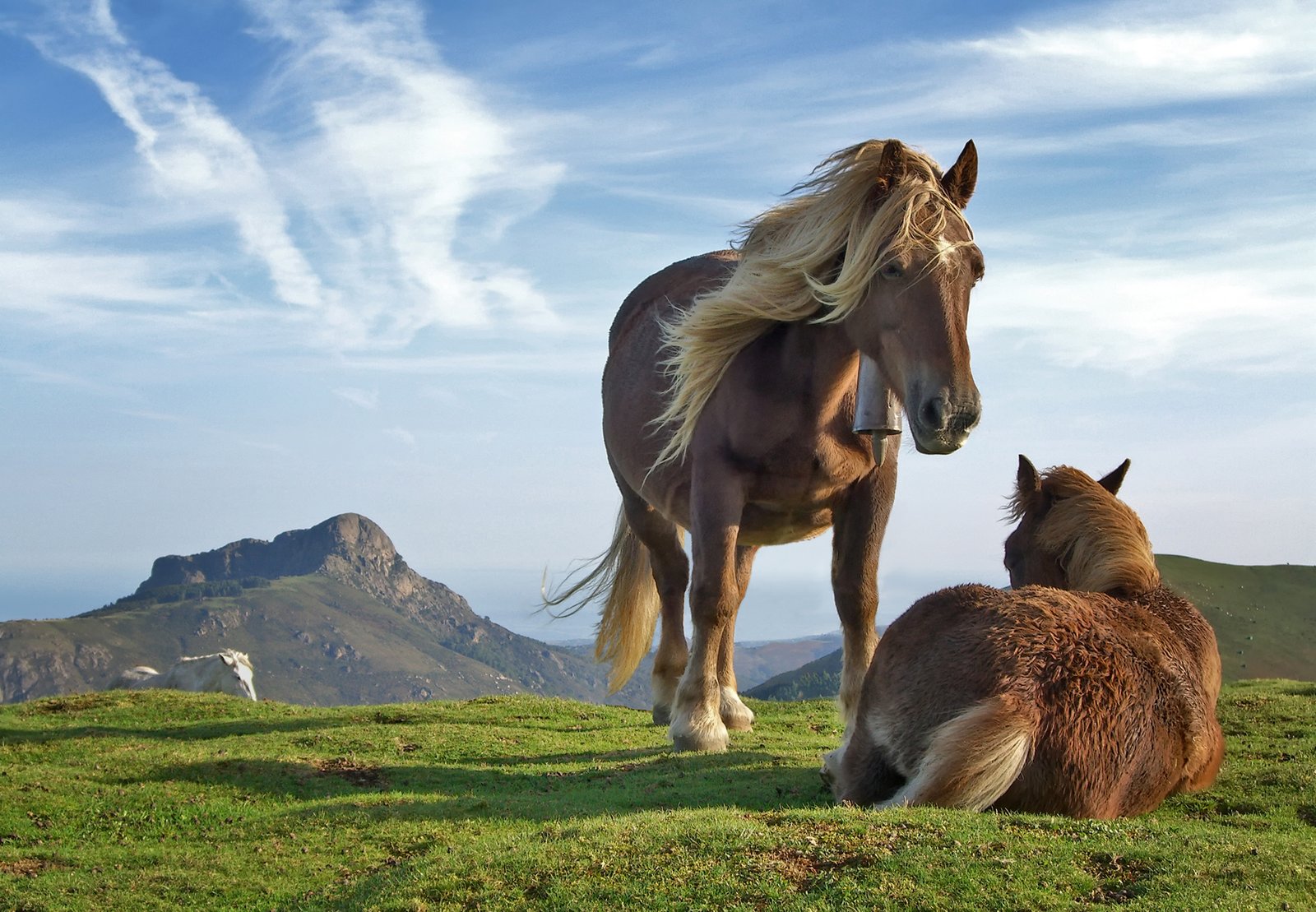
If you see your horse pacing back and forth, weaving, or performing repetitive behaviors like cribbing or stall walking, these are clear signs of stress. These behaviors, known as stereotypies, are often a horse’s way of coping with boredom, anxiety, or frustration. Just like people might bite their nails when nervous, horses develop these habits when they’re unhappy or unsettled.
Lack of Interest in Food or Water
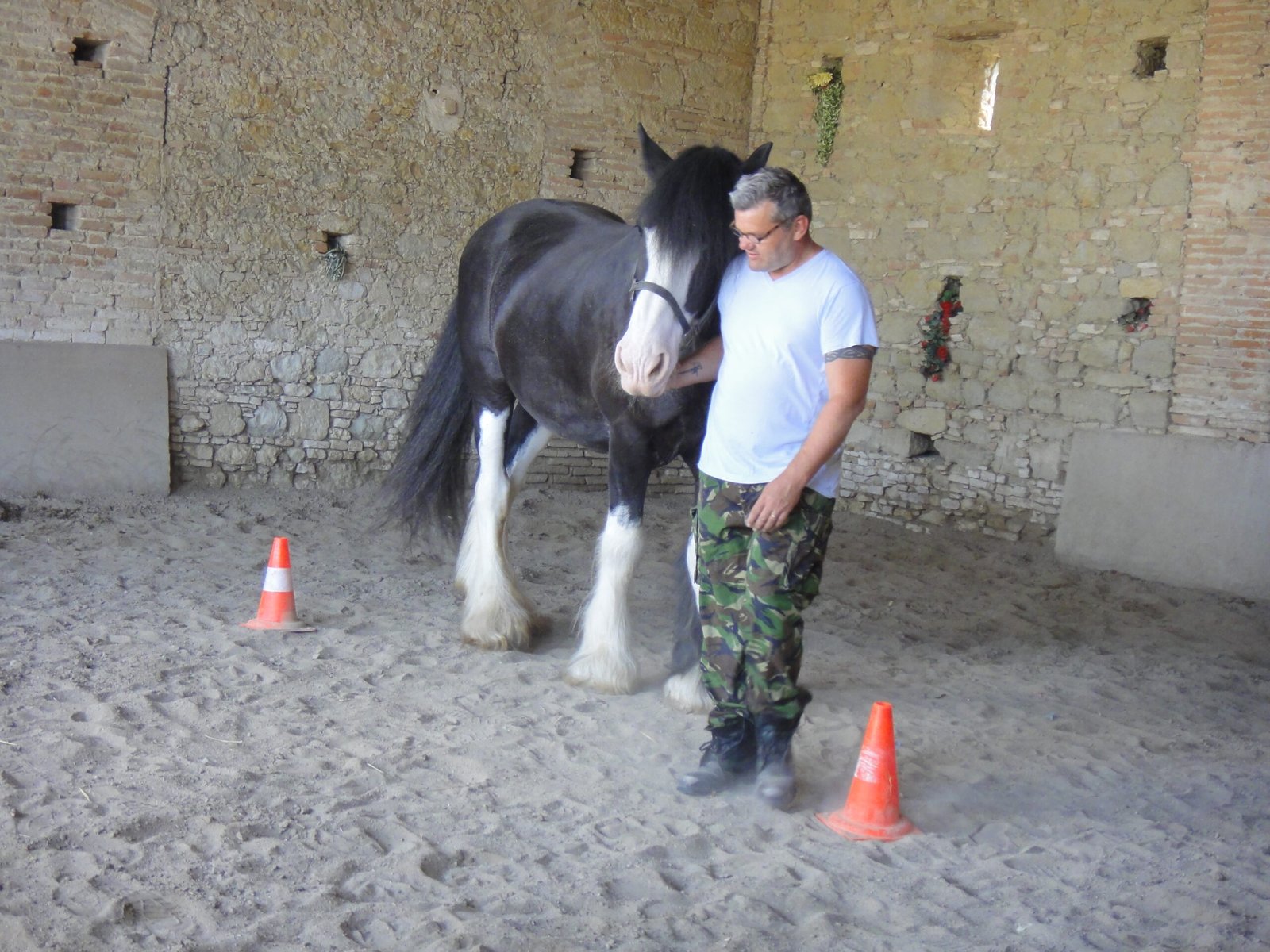
A stressed horse may lose their appetite or refuse to drink. They might pick at their hay or ignore treats that would usually bring joy. This behavior is a serious red flag, as it can quickly lead to health problems. Think of how anxiety can make you lose your appetite—horses experience the same effect when under stress.
Isolation From the Herd
Horses are naturally social animals, so when one suddenly isolates itself from others, it’s a worrying sign. A stressed or unhappy horse might stand alone, away from the group, with its head lowered and body tense. This withdrawal is often a way to cope with emotional discomfort or physical pain. If your horse is suddenly avoiding their friends, don’t overlook it.
Unwillingness to Be Handled
If your usually friendly horse suddenly resists being touched, groomed, or led, it’s a glaring sign of stress. They may shy away, flinch, or even become aggressive when approached. This unwillingness to engage can stem from fear, pain, or anxiety. It’s like when you don’t want to be bothered after a rough day—except your horse can’t tell you why.
Frequent Startling or Spooking
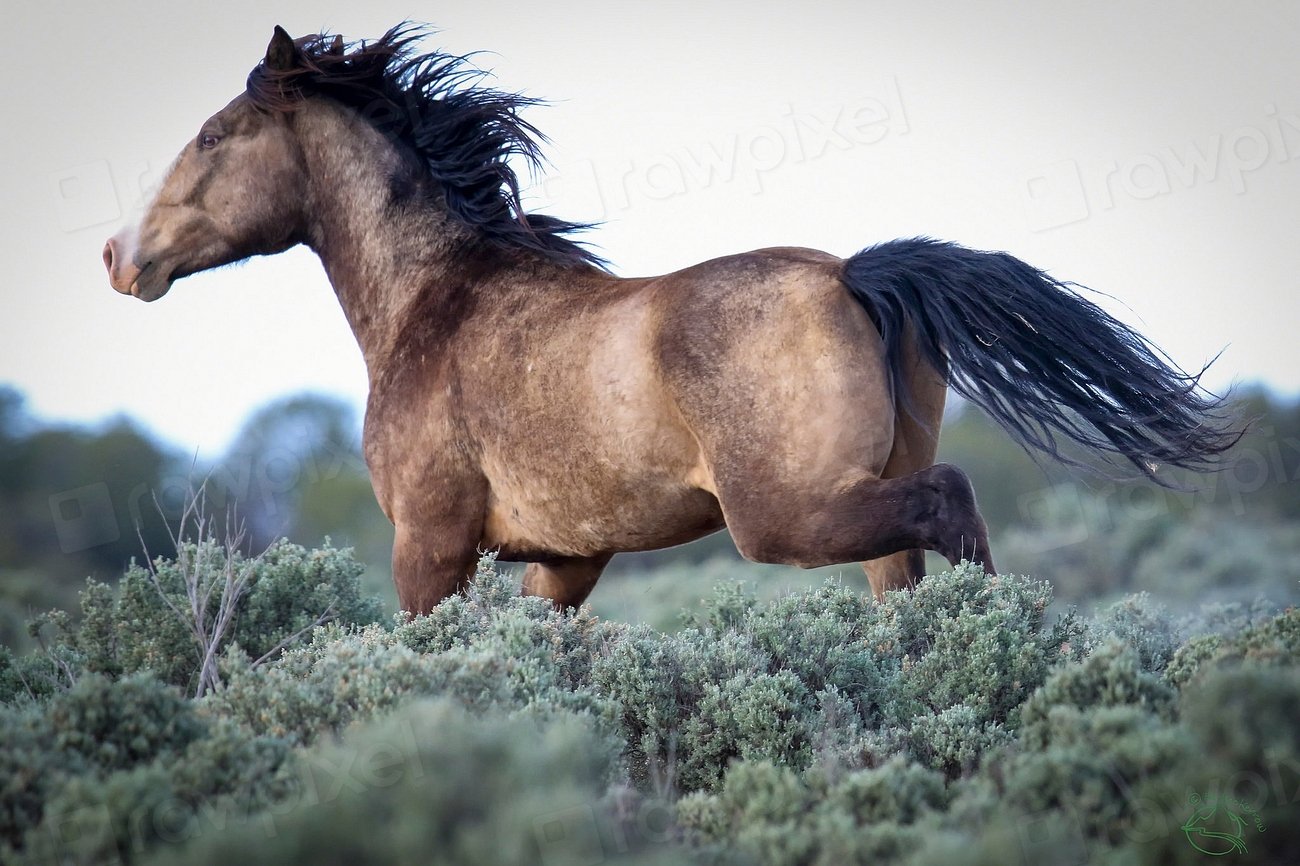
A stressed horse will react more intensely to sounds, sudden movements, or changes in their environment. You might notice them spooking at things that never bothered them before, like a fluttering bird or a new object in the barn. This heightened state of alertness is exhausting for your horse and is a clear sign that their stress levels are high.
Excessive Sweating or Panting
Physical signs like excessive sweating (especially when not working), rapid breathing, or panting are major indicators of stress. This can happen in hot weather or after exercise, but if it’s out of context, it’s a red flag. Your horse’s body is working overtime to cope with whatever is making them anxious, and these symptoms shouldn’t be overlooked.
What would your horse say if they could speak? Would they tell you stories of playful days and gentle nuzzles, or would they share their silent struggles? Paying close attention to these signs can make all the difference in their happiness—and yours.
Jen is a passionate nature lover and ocean conservationist. She has dedicated her life to protecting the environment and preserving the beauty of the natural world. Growing up in a small coastal town, Jen sincerely appreciated the ocean and its inhabitants. She has spent countless hours exploring the shoreline, learning about the creatures that inhabit the waters, and advocating for their protection. Jen is an active member of ocean conservation organizations, and she is committed to educating the public about the importance of conserving wildlife and the natural environment.





